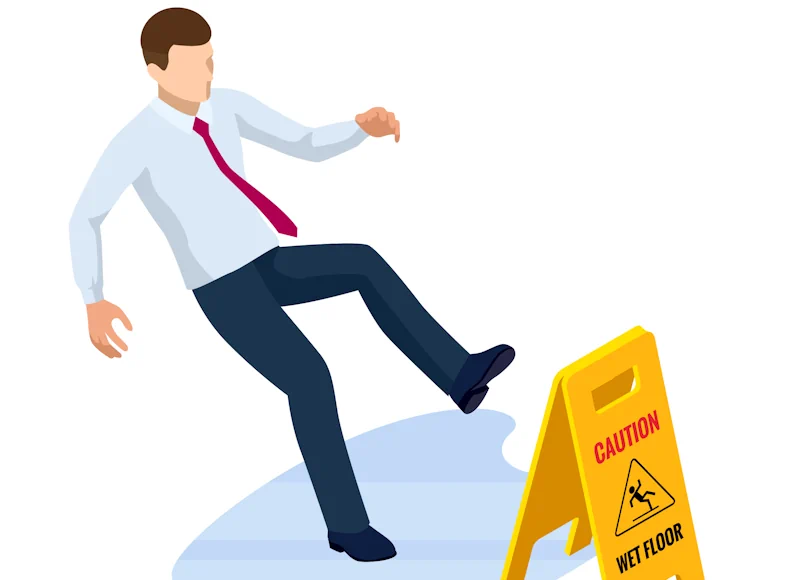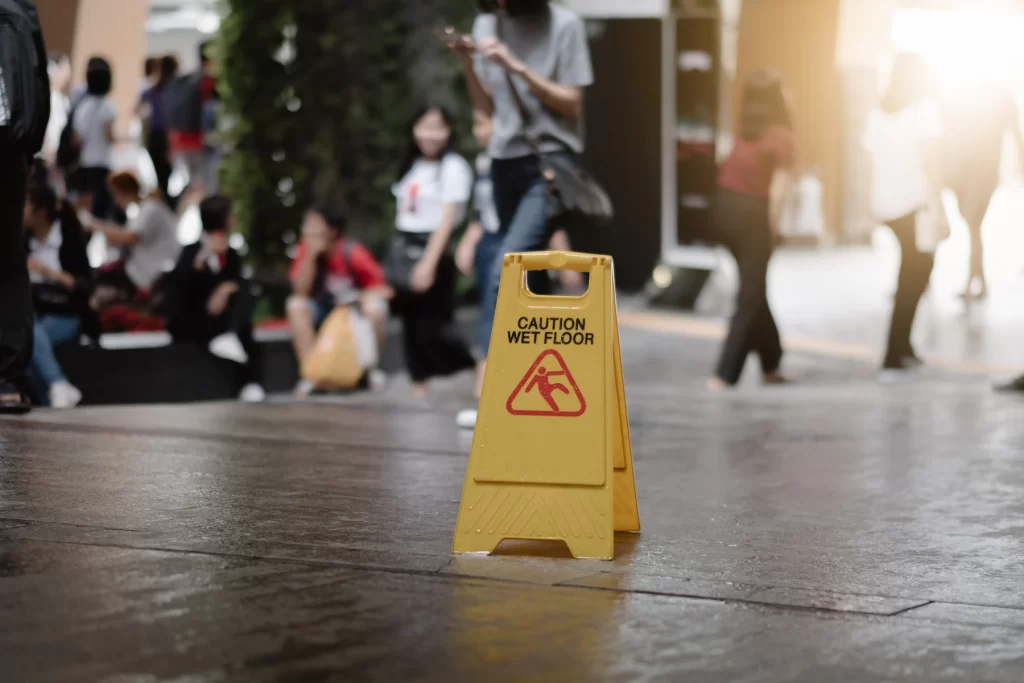Suffered from a slip or fall on a wet floor?
Don’t worry, you’re not alone. With over 30,000 slips, trips, and fall cases reported in Australian workplaces in 2022 alone, and over 23% of them classified as serious slip and fall claims, the chances are you’ve known someone who’s been through such an experience.
It might even be you. But you also may not.
Far too many have fall accidents at work, brush themselves off and keep going. Suffering thanks to management pressure. Perhaps a medical condition, broken or sprained bone, pulled muscle, or overall discomfort surfaces months later. Sadly, you never tie the two events together.
Maybe you take a nasty tumble on a wet floor but don’t yet understand if this is the workplace’s fault. Maybe proper procedures and safety precautions weren’t followed. Then, you may deserve compensation for the pain and stress you’re living with.
We’re covering all this and more in today’s guide. Below, you’ll learn all the steps you can take following such an incident, what you can do afterwards, what you should be thinking about, and how you get covered financially and physically in the way you deserve. Let’s get straight into it.
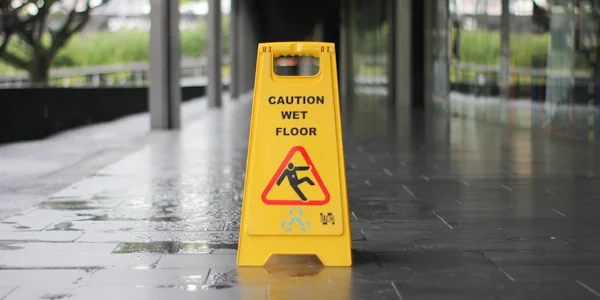
Slip on Wet Floor: How Big is the Problem?
Slipping on wet floor accidents is more common than you might expect.
Granted, it could feel minor at the time. Maybe a small bump on your bum, a graze on your palm, or a knock on your head. But it can be so much more. Serious injuries may include breaking or spraining a bone, or the damage may not be visible at first and may only show up months after the workplace accident has passed.
Other common injuries include:
- Mild bruising
- Head injuries
- Fractures
- Concussions
These are mainly problems in the workplace, but they can also affect public places, such as supermarkets and stores, caused by liquid spills, poor lighting, cleaning activities, poorly maintained infrastructure, floor treatments, or environmental conditions, such as leaky roofs or pipes.
Nevertheless, while the cause of the wet floor may differ, so too do the responsibilities attached to its management. The point here to remember is simple.
No person should be exposed to unsafe environments like a slippery wet floor, whether an employee or a visitor. As an employee, you have the right to work in safe conditions. Generally, employers have a legal obligation to maintain these standards.
Failing to do so places employees and innocent visitors at risk and, as a result, seriously affects their lives, health, and general well-being. If you have long-term damage, then a seemingly minor accident or fall injury can be life-changing.
Such injuries often require extensive medical treatment and rehabilitation. In severe cases, it may even prevent the affected individual from returning to work. This situation can cause immense physical, mental, financial, and emotional issues, affecting the quality of life for the individual entirely.
And we’re not just talking about expensive medical bills. If you can’t return to work and are physically injured for months, who will work to support yourself and your family? How will you pay your rent and mortgage? How will you cover your bills?
All because of an accident that wasn’t your fault. The responsibility is your employer’s, who hasn’t followed the safety procedures they should follow. Are they going to cover you? Will they give you the compensation you deserve to cover these costs?
They actually will, as long as you understand your rights in terms of Australian public liability laws.
Australian Laws for Fall Accidents
Okay, so what does the law in Australia say about fall injuries and your ability to seek a slip and fall claim? To help you better understand the legal landscape around such accidents, let’s simplify the terms and concepts to empower you during this challenging time.
Australian law seeks to protect individuals who have suffered a personal injury due to someone else’s negligence, including wet floor slip incidents.
Negligence law holds property owners and operators, including businesses and government entities, have a ‘duty of care’ toward their visitors and employees.
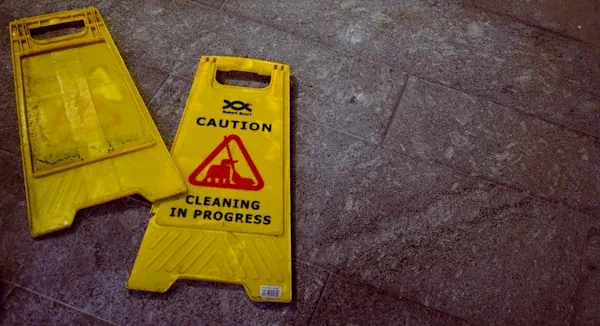
Duty of Care for Fall Injuries
Duty of care means those responsible for a particular property or premise must take reasonable measures to ensure the site is safe and free from preventable hazards.
This could be store owners, managers, business owners, or property maintenance teams. In most public and private places, owners and operators must promptly address wet floors by drying the surface or clearly displaying warning wet floor signs that alert people of the potential hazard.
Whatever the most common cause and second leading cause of slips and falls are, failure to take adequate measures to secure a wet floor can result in a breach of duty of care, which is actionable under Australian legislation.
Breach of Duty of Care and Causation
So, a barrel or container at work broke and poured liquid all over the floor. In a rush to get a customer order out, the floor manager told the operators to leave the leak, get the order out, and then tackle the problem – a clear duty breach.
Now someone’s come along, slipped and fell with no warning or wet floor sign in sight, and has now sustained minor injuries. The injured person now has to stay off work for a few weeks to get better and has lost physical health, income, and any stress that comes with that.
This is a clear example of a failing duty of care. Those responsible for the property or premises will be found legally negligent in a situation that has directly led to a fall accident.
To have a successful outcome, you must show a strong causal link between the breach of duty of care and the incident that caused your injuries. This implies that the property owner or operator’s failure to exercise reasonable care must have been a direct cause of the slip on a wet floor.
In our example, this is the manager who is responsible for representing the business and managing the workspace, who asked the employees to leave the spill to focus on the order.
In the case where negligence has been successfully proven, the party responsible for the property will be found liable for any damages and injuries that resulted from the accident. And that means compensation.
About Liability and Compensation
It is common for people to believe that slip and fall accidents happen and that everyone should just be careful when walking in public spaces. However, in Australia, business and venue owners and operators have a duty of care to maintain a safe environment for people using their premises. However, risk management extends beyond business owners or government bodies.
For instance, other entities like cleaning companies could potentially be liable if it’s proven that they failed to adequately perform their duties, leading to unsafe conditions. For example, machine operators who are assigned responsibility for their work areas.
In Australia, a business owner or legal entity must identify potential falling hazards and take reasonable steps to prevent injury. Hence, proving liability hinges on demonstrating that the negligent party failed to take reasonable precautions to prevent the fall accident.
Identifying who is legally responsible or liable following a slip and fall accident on a wet floor is the first step towards securing your deserved compensation. When successful, the public liability insurer of the at-fault party will be responsible for paying your compensation.
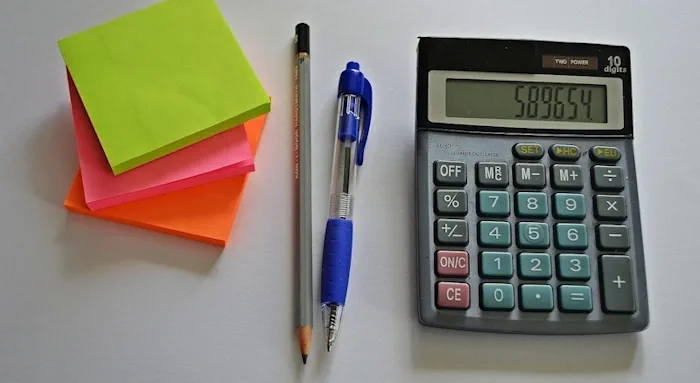
How Much Compensation for a Slip and Fall Claim?
In Australia, the value of compensation you get for a slip-and-fall claim depends on multiple factors. A lump sum payout aims to make you ‘whole’ again following an accident to the best extent possible. The aim of a settlement is to cover the medical expenses associated with your injury, past and future lost wages during your recovery, and any potential future income loss if your injury has long-term impacts.
Furthermore, the law considers non-monetary damages such as pain and suffering, loss of enjoyment of life, and psychological trauma. Each case is unique, and the amount of compensation awarded depends on the specific circumstances of the accident and the extent of the injuries sustained.
In notable cases across Australia, courts have awarded substantial compensation to injured persons who have slipped and fallen due to wet floors, acknowledging the serious impact these incidents can have on a person’s life, with insurers able to pay out a maximum of $350,000.
Steps to Take After a Slip on a Wet Floor
So, you’ve slipped on a wet floor, got yourself a fall case, and are trying to figure out what to do next. Here’s what you need to know.
Step 1: Seek Medical Attention
First and foremost, your health and safety should always be your top priority. If you have a slip accident injury, seek medical attention immediately. Also, notify your manager, boss, and medical professionals about the incident. Even if you feel fine, always get a check-up as soon as possible. The damage may not initially be obvious. The last thing you should do is pretend you are okay when you have delayed symptoms.
And remember, this is not just crucial for your well-being. It also provides essential records that aid in the legal process and help create a strong case. If you wait two weeks before seeing a doctor, you’ll be questioned as to why you waited so long. It will be harder to prove that the injury was connected to the slip.
Step 2: Report the Incident
With your health being looked after, now is the time to ensure you’re officially reporting the incident.
First, inform the management or property owner of the incident immediately. This ensures that they know the hazardous conditions and can take appropriate actions to prevent further accidents. Be sure to request a copy of the incident report for your records.
You may also want to make a personal record of the accident by writing out your own statement, including details like:
- Details of the property owners
- Was there a wet floor sign?
- The medical bills you incurred
- Details of your injuries
- Whether there was CCTV footage
- Who do you think has liability for the accident?
These are all key details that will help build your case’s foundation. You should contact a legal representative, like a fall lawyer, at this stage to get the process rolling and to act as a statement that you’re taking this incident seriously.
Step 3: Document the Scene
In addition to a statement, taking notes on the scene and gathering evidence to support your claim is crucial. Again, this means taking photos or videos of the site, focusing on the wet floor and any warning signs that are present (or missing).
Of course, you may have gone to seek medical assistance, and everything is cleaned up when you return. This is why you should photograph the scene and mark the location of the wet floor.
Gather their contact information and request a statement if there are any witnesses. Additionally, note the accident’s time, date, and specific location.
Step 4: Be Cautious with Statements
Avoid providing a detailed statement or admitting fault when discussing the incident with the management or property owner. Instead, stick to the basic facts, such as where and when the slip occurred.
Step 5: Maintain Information and Documents
Keep track of any paperwork related to the incident. Including medical records, bills, incident reports, photographs, and communication with the property owner or their insurance company. Organisation is essential as you proceed with your case.
Step 6: Contact a Personal Injury Lawyer
Now, the legal side of things. You can contact a lawyer or solicitor at any time during this process, and they will help you build a strong claim, documenting what happened and when. They’ll also help you deal with a public liability insurance company, organise settlement amounts, and support you through any possible court action.
They will assess your claim for free, provide advice regarding the legal process, and explain complex concepts in simple terms. They aim to remove barriers to success during this difficult time, increasing your chance of receiving fair compensation. There’s no denying that meeting with a reputable personal injury law firm can be invaluable.
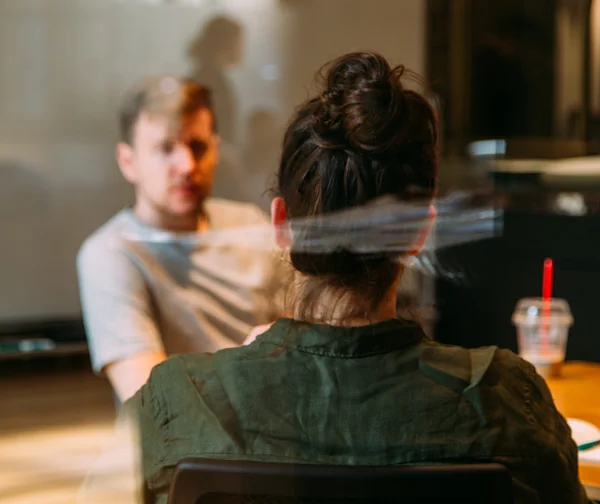
Legal Advice for a Slip and Fall Claim
Slipping on a wet floor can change your life, causing emotional trauma, physical injury, and financial uncertainty. Particularly if you can’t work anymore. If you’ve been injured in a falling accident on a slippery or wet floor (that was not your fault, e.g., there was no warning sign), you must immediately contact an expert personal injury lawyer. Any delay can lead to the unsafe floor issue being fixed, removing vital evidence.
At Splatt Lawyers, our experienced public liability lawyers will assess your fall claim and advise if you have a valid case. Choose the legal team dedicated to helping you seek justice and gain access to your deserved compensation. With clear information, empathetic support, and professional expertise, our team is ready to guide you every step of the way.
Take the crucial step towards regaining control and securing your future. Contact our expert our Slip and Fall Lawyers now – Call 1800 700 125.

